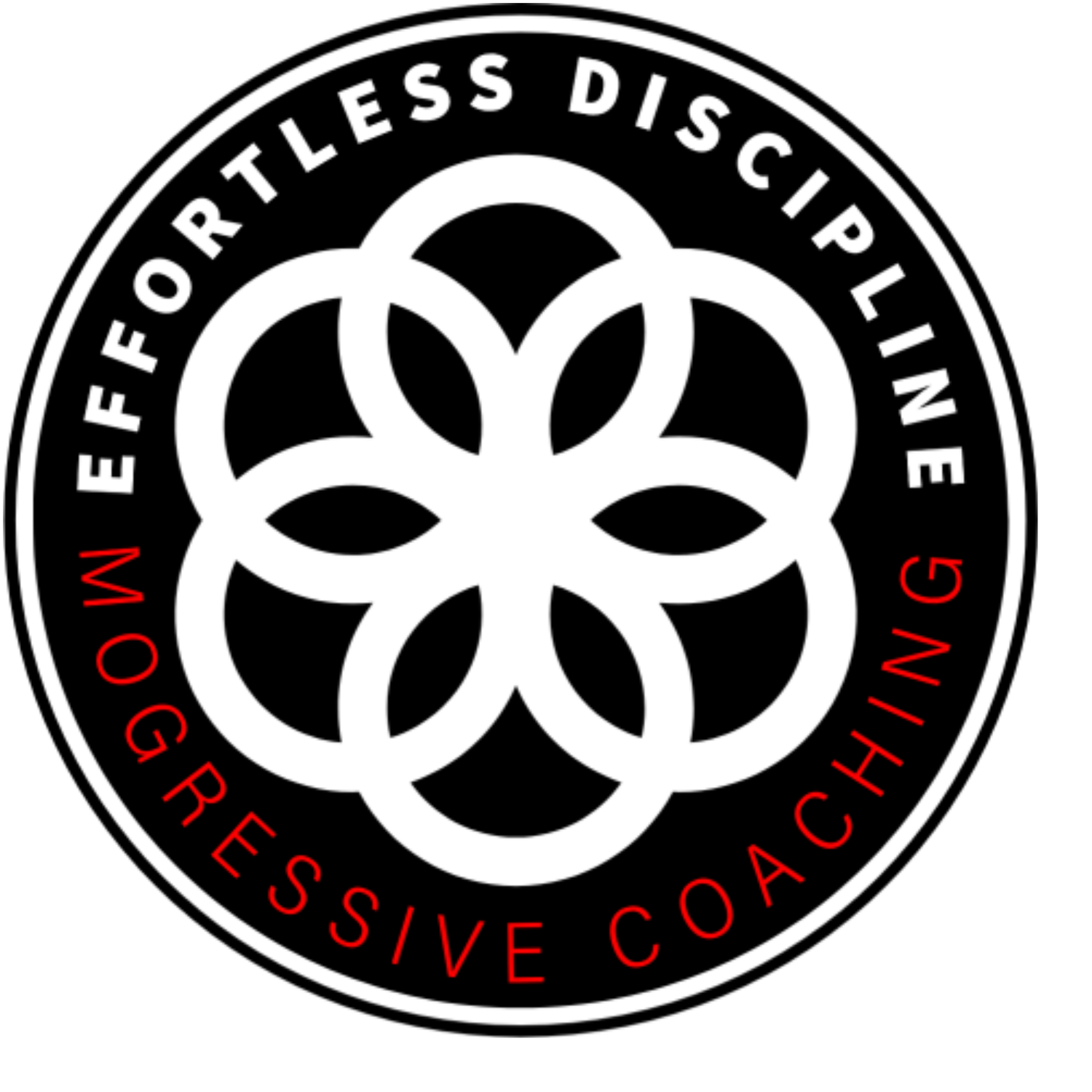What is Mindshifting? EXPLAINED
The Power of the Mind
Introduction to Mindshifting
Mindshifting is a powerful mental technique that harnesses the brain's ability to transform thoughts and memories into emotional and physical responses/actions. For example, It's a practice that actors often use to cry on the spot, but its applications extend far beyond the world of acting.
The Mechanics of Mindshifting
At its core, mindshifting involves focusing on a specific memory or past life experience. These memories are multi-dimensional, comprising various layers like emotions, feelings, thoughts, environment, and sensory experiences such as hearing, smell, touch, sight, and taste. Think of a memory like a pizza, with each topping representing a different layer or factor. When combined, they create a rich and complex life experience you can tap into to accomplish a goal or overcome a hardship in the present moment.
Mindshifting in Action: Understanding the Process
Why do actors, or anyone for that matter, dive into past life experiences? It's about finding a resource state – a moment in time where you felt confident, brave, or any other emotion you need to summon in the present moment. By reflecting on these life experiences, you can pinpoint what made you feel a certain way and apply that understanding to your current situation, obstacle, or life problem blocking you from reaching a personal goal or life achievement. Life experiences harness a formula that can dictate the growth and development of your future successes. Go out and live a life worth living, gain new life experiences everyday. From as simple as brushing your teeth with the opposite hand, to, taking a road trip without the use of navigation for example. Remember, your brain is constantly changing, adapting, and always trying to outsmart you. Why? Because it wants to know how much energy is required to get out of bed for example. Now we're tapping into neuroplasticity and neurogenesis, which you can learn more about here through one of my micro learning exercises.
Applying Mindshifting in Daily Life
Mindshifting isn't just for overcoming obstacles. It's also about enriching your life by rediscovering lost parts of yourself. For instance, if you need confidence to ask for a promotion, think back to a time when you felt fearless. What were you doing differently then? Were you exercising more, eating better, or simply starting your day with a positive mindset? By analyzing these past experiences, you can extract valuable insights and apply them to your present challenges. This is why you need a “brain dump” once a week, AKA journaling. Start journaling once a week, start with my free journaling course to begin building trust with yourself and your thoughts. This is a great digital journaling course because only you’ll be allowed to login and see what you wrote.
Mindshifting for Goal Setting and Achievement
Mindshifting can be a powerful tool for setting and achieving goals. By harnessing the power of past successes, you can create a mental blueprint for future achievements. For example, if you have successfully accomplished a challenging task in the past, revisiting that experience through mindshifting can reignite the feelings of competence and determination needed to tackle new goals. This technique allows you to mentally rehearse success, building confidence and motivation to pursue your aspirations. Check out my youtube video I created to support this section and learn more about harnessing your past life experiences.
Mindshifting and Emotional Responses
The brain's response to mindshifting can be profound. When you focus on a sad memory, for instance, your brain releases chemicals that can make you cry. This reaction demonstrates the brain's capacity to respond to thoughts as if they were current realities, regardless of whether the thoughts are positive or negative. Think of a loved one who is no longer with us, if you’re looking at a picture, watching a video of this person– your brain doesn’t know if they are physically there with you, or if you’re just thinking about this person. Your brain only knows how to attach and deliver: emotions, feelings, and chemical responses.
Scientific Validation of Mindshifting
This concept is backed by science. In the documentary "The Secret," a NASA scientist demonstrated how an Olympic athlete's brain responded identically when he imagined running a race and when he actually ran it. This experiment underscores the power of the mind and its influence on our physical state. This is a perfect example of Mindshifting. The Olympic athlete sat down in a chair, hooked up to an EEG (An EEG is a test that detects abnormalities in your brain waves, or in the electrical activity of your brain.) and conducted the experiment by first just thinking about running the race. Secondly, they put him on a treadmill and had him physically run the race. When NASA scientists compared the EEG brain wave result–they were identical!! The Brain didn’t know if the Olympic athlete was thinking about the race or physically conducting the race, it only knew how to deliver. Once you understand this Mindshifting concept, the next step is learning how to apply “the con man effect”.
Harnessing the Power of Mindshifting
Mindshifting is more than a mental trick; it's a testament to the power of the human mind and its ability to shape our reality. By understanding and applying this technique, we can tap into our past experiences to transform our present and future. It's a tool that not only actors use, but all of us can use to navigate life's challenges and embrace our full potential.
10 Awareness Question to begin Mindshifting
What Past Successes Can I Revisit?
Affirmation: "I am capable of achieving great things, as I have proven in the past."
Example: Think back to a time you aced an important exam or project. Recall the study methods and mindset that led to that success.
Which Emotions Drive Me?
Affirmation: "My emotions are a powerful force that guide and motivate me."
Example: If determination fuels you, remember a day you worked relentlessly towards a goal, like training for a marathon.
What Are My Current Goals?
Affirmation: "I set clear goals and work towards them with purpose and passion."
Example: Envision a career advancement you're aiming for, and map out the steps you believe will lead you there.
How Have I Overcome Past Obstacles?
Affirmation: "I have the strength to overcome challenges, as I've done before."
Example: Reflect on a difficult personal situation you resolved, like reconciling with a friend after a misunderstanding.
What Limits My Confidence?
Affirmation: "I acknowledge my fears, but I choose to focus on my strengths."
Example: If public speaking haunts you, recall a successful presentation and the preparation that made you feel confident.
What Does Success Look Like to Me?
Affirmation: "I have a clear vision of my success and I am actively working towards it."
Example: Picture the day you start your own business, considering the steps you're taking now to make it a reality.
What Are My Strengths and Weaknesses?
Affirmation: "I embrace my strengths and work on my weaknesses to grow."
Example: If you're a great listener but shy away from speaking, remember instances where your listening helped someone, and times you successfully voiced your opinions.
How Do I Respond to Failure?
Affirmation: "I learn from failures and use them as stepping stones to success."
Example: Consider a project that didn't go as planned, how you learned from it, and how it made you better at your job.
What Inspires Me?
Affirmation: "I draw inspiration from the world around me to fuel my journey."
Example: Think of a book or a speech that deeply moved you and how it motivated you to take action in your life.
How Can I Apply Mindshifting to My Daily Life?
Affirmation: "I use mindshifting to positively influence my thoughts and actions."
Example: If you're facing a tough decision, recall a past instance where you made a wise choice and channel that decision-making process.


